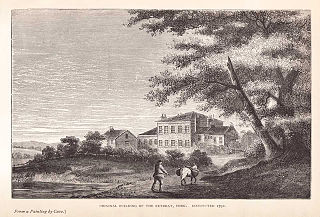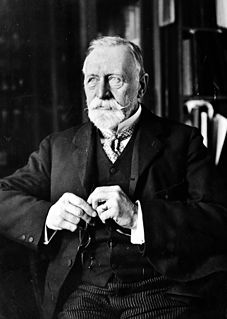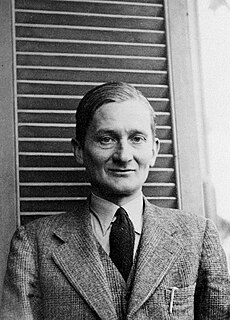
Bedford Pierce FRCP (21 May 1861 – 8 July 1932) was an English medical doctor, [1] [2] a Commissioner to the Board of Control for Lunacy and Mental Deficiency [3] and Consulting Physician to The Retreat, York.
The Board of Control for Lunacy and Mental Deficiency was a body overseeing the treatment of the mentally ill in England and Wales. It was created by the Mental Deficiency Act 1913 to replace the Commissioners in Lunacy, under the Home Office however it was independent in that it reported to the Lord Chancellor who had responsibility for investigating breaches of care and integrity. The Board was transferred to the Ministry of Health by the Ministry of Health Act 1919, and reorganised in 1930.

The Retreat, commonly known as the York Retreat, is a place in England for the treatment of people with mental health needs. Located in Lamel Hill in York, it operates as a not for profit charitable organisation.

York is a historic walled city in North Yorkshire, England. At the confluence of the Rivers Ouse and Foss, it is the historic county town of the historic county of Yorkshire. York Minster and a variety of cultural and sporting activities make it a popular tourist destination.
Pierce was born in Manchester to Edmund Kell Pierce and Elizabeth Tyler. Aged 14, after completing his school studies at the Friends’ School, Croydon, he started working at a pharmaceutical firm in London. He later enrolled to St. Bartholomew’s Hospital, where he won several scholarships and prizes before receiving his M.B. degree in 1888. In 1890 he won the Murchison Scholarship of the Royal College of Physicians. He then worked as physician at St. Bartholomew’s, Bethlem Royal Hospital and the Edinburgh Royal Asylum, Morningside, and in 1892 became medical superintendent at the Retreat, York.

Manchester is a city and metropolitan borough in Greater Manchester, England, with a population of 545,500 as of 2017. It lies within the United Kingdom's second-most populous built-up area, with a population of 2.7 million. It is fringed by the Cheshire Plain to the south, the Pennines to the north and east, and an arc of towns with which it forms a continuous conurbation. The local authority is Manchester City Council.
There he built a Nurses Home (1898) and spent much effort on improving the training and status of mental nurses. In parallel, he taught mental diseases at Leeds University from 1908 to 1911 and had a consulting practice at Leeds. He was president of the Medico-Psychological Association between 1919 and 1920. After retiring in 1922, he visited America, Africa and India, and served as a Commissioner in Lunacy in 1929-1931. Pierce was a Quaker and spent his free time on gardening, wood-carving, painting, mountaineering and games. In 1890 he married Mary Isabella, with whom he had a son and daughter. He died at Harpenden. [4]

Harpenden is a town in the St Albans City district in the county of Hertfordshire, England. The town's population is just over 30,000. Harpenden is a commuter town, with a direct rail connection through Central London and property prices well over double the national average. Geographically it is located between two much larger neighbours: Luton town and the city of St Albans. It is flanked by the villages of Redbourn and Wheathampstead.










